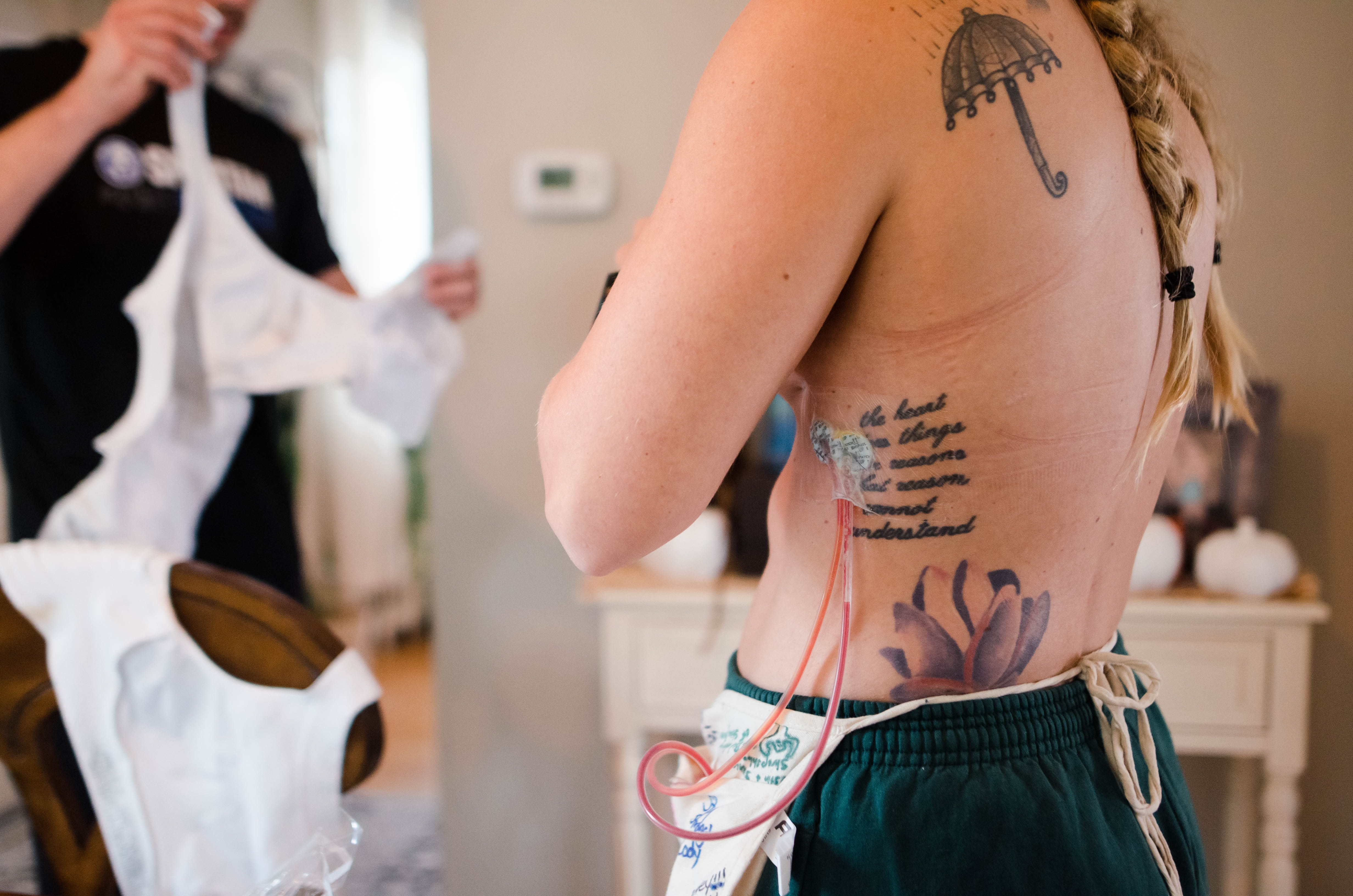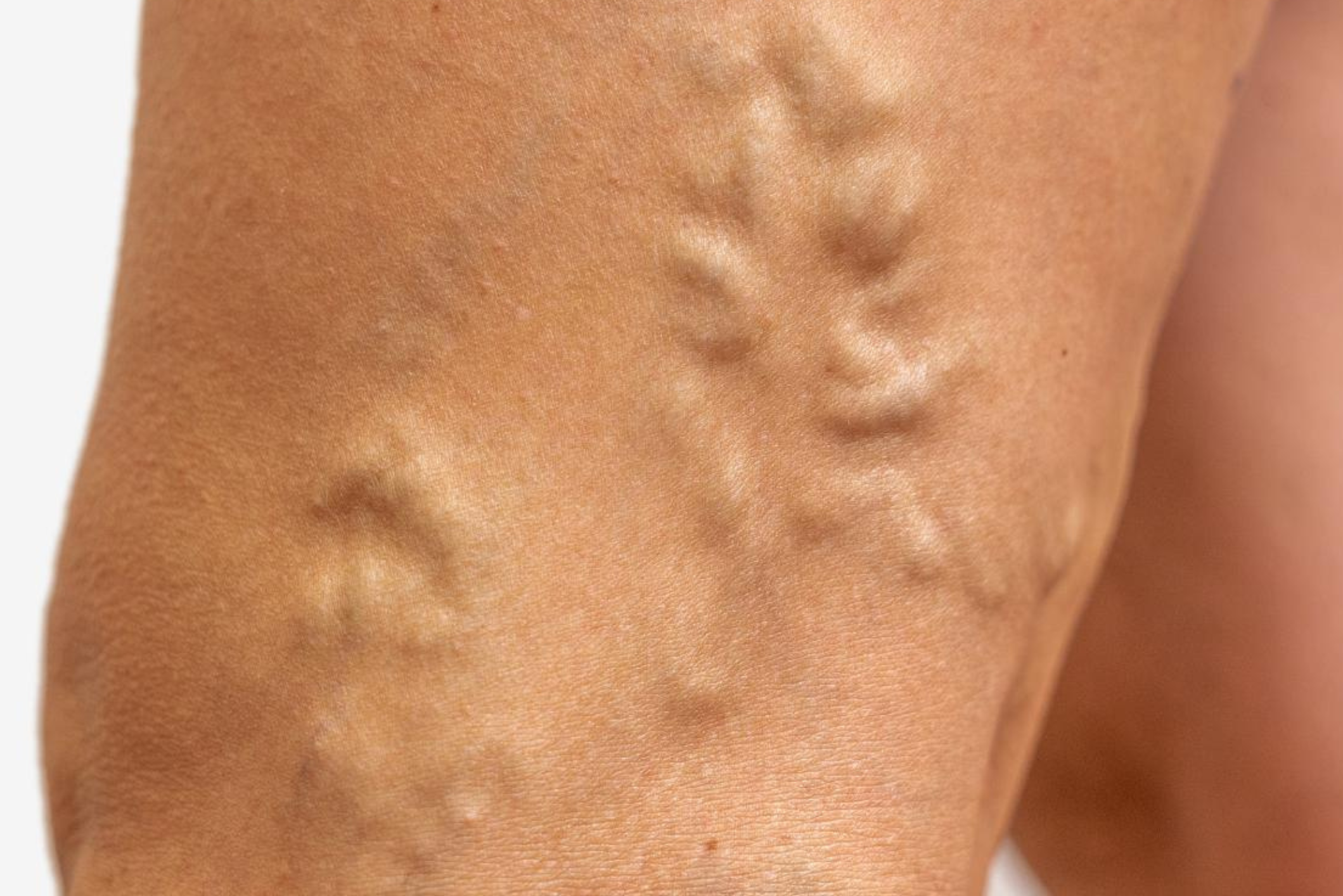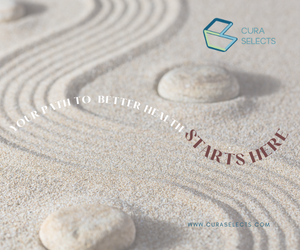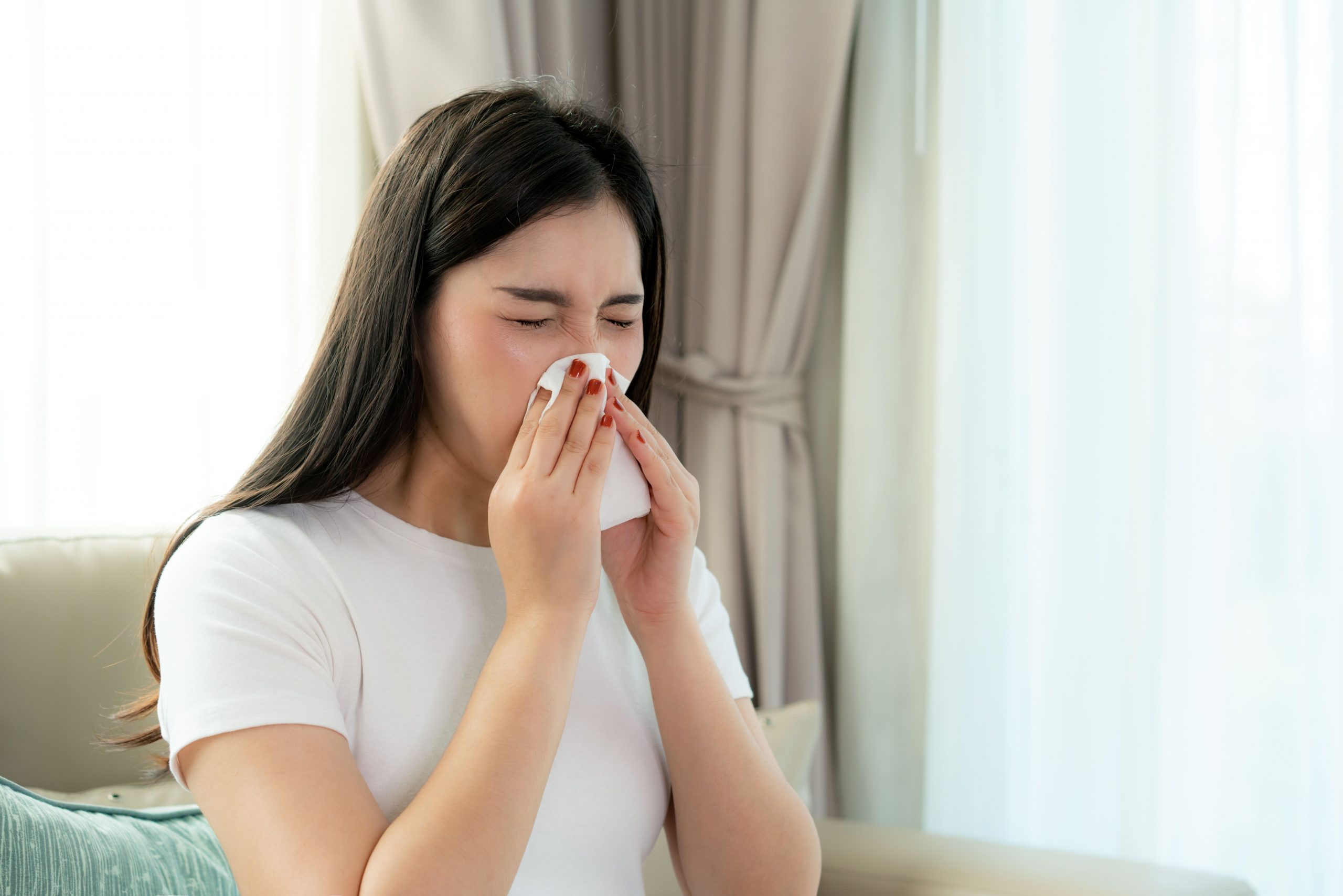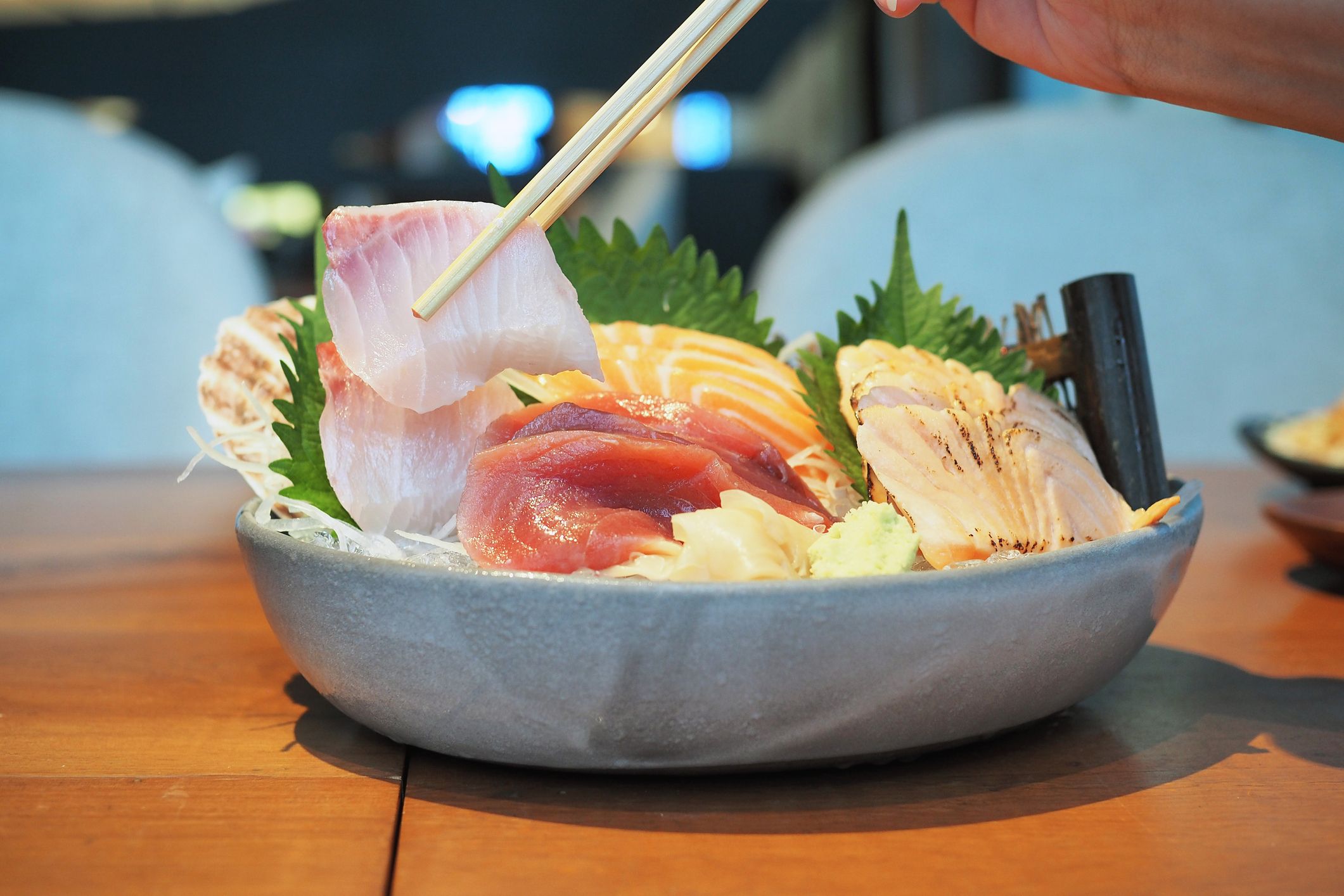This article has been verified medically by Dr John C. Wang, vascular surgeon at Surgi-TEN Specialists, Farrer Park Hospital (Singapore).
About the Doctor
People with varicose veins can wear compression stockings that support the legs and thighs, which helps to prevent the slowing down of blood flow in veins. This leads to more efficient blood return to the heart, thereby alleviating leg and vein swelling. These stockings, however, do not solve the underlying cause of the varicose veins, such as damage to the vein valves that keep blood from flowing back down to the toes. People with varicose veins who experience pain, swelling or other symptoms such as heaviness, cramps, ulcers, or bleeding may need medical treatment. Several types of treatment are available in Singapore.
Follow us on Telegram for the latest updates: https://t.me/AsiaMDsg
Treatment for varicose veins: Sclerotherapy
In vein sclerotherapy, the doctor uses a very fine needle to inject a chemical solution called a sclerosant into the varicose vein, causing its walls to become inflamed and the vein to close off. Blood then reroutes to other healthier veins.
Vein sclerotherapy is effective for small and fine varicose veins (also called reticular or spider veins) but may not be successful in closing larger veins.
Treatment for varicose veins: Ablation
Larger varicose veins may require endovenous ablation, a minimally invasive technique that uses radiofrequency or laser energy, mechanochemical therapy, or glue adhesive technology to close off the malfunctioning superficial vein. To carry out this treatment, the doctor applies local anaesthetic before entering the vein with a needle, inserts a small specialized catheter within the vein, and closes it under ultrasound image guidance. There are no cuts involved.
Treatment for varicose veins: Ligation and stripping of veins
Ligation and stripping are surgery that involves removing and/or tying off the varicose vein, and may be more appropriate for large, ropy, curly varicose veins.
This surgery is typically conducted under sedation or general anaesthesia and involves multiple small incisions (2mm to 3mm) to remove the dilated, painful, and ugly varicose veins. If larger incisions are required (>5mm), they are closed with absorbable internal sutures that are not visible. Most of these incisions heal nicely and fade with time.
Treatment for varicose veins: Superglue for varicose veins
Since 2016, Singaporeans with varicose veins have also been able to opt for a treatment that uses a special medical-grade superglue to glue the veins shut. During this process, which usually only requires a local anaesthetic, the doctor enters the vein with a needle, slides a catheter into the length of the malfunctioning vein, and injects glue sequentially to seal the entire vein. This procedure is also done under ultrasound guidance for accuracy and safety.






